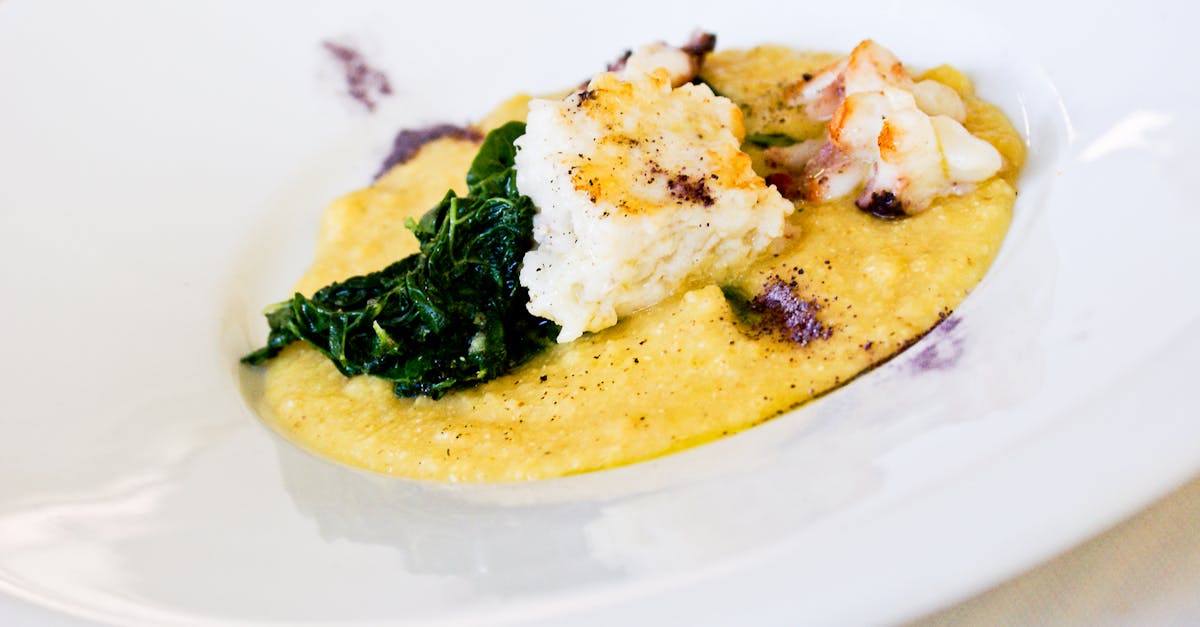
Why frozen lobster tails can be a good option
Availability Throughout the Year
The inherent nature of frozen lobster tails makes them accessible at any time of the year, overcoming the seasonal limitations associated with fresh lobster. During peak seasons, fresh lobster can be abundant, but shortages can occur during off-peak months. Freezing preserves the quality and taste of lobster, ensuring consumers can enjoy this delicacy regardless of the time of year.
In addition to convenience, frozen lobster tails often come from various sources around the world. This ensures that supply is consistent and can meet the growing demand. By having lobster tails readily available, individuals can incorporate this seafood into meals without the need to plan around specific seasons or restrictions.
Access to Lobster Regardless of Season
Frozen lobster tails provide a reliable way to enjoy this delicacy no matter the time of year. Seasonal constraints often limit the availability of fresh lobster, making it difficult for consumers to indulge in their favourite seafood dish. With frozen options, lobster becomes accessible at any moment. This convenience caters to diverse culinary needs, whether for a special occasion or a casual dinner at home.
Shoppers can find frozen lobster tails in many grocery stores, making it easy to stock up and have them on hand whenever cravings arise. The freezing process preserves the quality and flavour of the lobster, ensuring that even when it is out of season, it remains a viable choice for cooking. This constant availability enhances meal planning and encourages experimentation with various recipes throughout the year.
Reduced Waste
When purchasing fresh seafood, one common concern is the potential for waste. Fresh lobster can spoil quickly, leading to unnecessary waste if it isn't consumed in time. Frozen lobster tails offer a solution, providing a longer shelf life and reducing the likelihood of discarded food. This ability to store them for extended periods allows consumers to enjoy lobster at their convenience without the pressure to consume it immediately.
Moreover, the portion control provided by frozen lobster tails means that one can buy only what is needed for a meal. This approach not only minimises waste but also allows for better meal planning. By purchasing lobster in pre-portioned packages, individuals can enjoy high-quality seafood without the complications of excess food that could go bad.
Portion Control and Minimal Spoilage
Frozen lobster tails allow for precise portion control, making meal planning simpler. You can defrost only what you need, ensuring no excess is left over. This capability is particularly beneficial for those cooking for one or two people, as it prevents the temptation to overindulge or waste food.
By opting for frozen over fresh, spoilage becomes significantly less of a concern. Lobster tails can be stored for months without losing quality, allowing consumers to enjoy this delicacy without the pressure of a short shelf life. This convenience not only promotes responsible consumption but also aligns with a more sustainable approach to enjoying seafood.
Sustainable Sourcing
Many frozen lobster tails come from sustainably managed fisheries that adhere to strict regulations. Such practices ensure that lobster populations remain healthy and that marine ecosystems are not adversely affected. Producers often rely on scientific assessments to determine catch limits. This careful monitoring supports both the fishery's viability and the long-term health of the oceans.
Choosing frozen lobster tails from reputable sources allows consumers to make an environmentally conscious decision. Certifications from recognised organisations often indicate responsible harvesting methods and commitment to sustainability. This approach not only benefits marine life but also promotes the economic well-being of communities that depend on lobster fishing, creating a balance between consumption and preservation.
Impact on Marine Ecosystems
The sourcing of frozen lobster tails plays a significant role in promoting sustainable fishing practices. Many suppliers utilise responsible harvesting methods that help to maintain healthy lobster populations and protect marine ecosystems. By choosing frozen products from certified fisheries, consumers can contribute to the preservation of ocean habitats and support efforts aimed at reducing overfishing.
Purchasing frozen lobster also encourages economic growth in communities that rely on sustainable fishing for their livelihoods. When consumers opt for responsibly sourced products, they help ensure that these communities can continue their traditional practices while maintaining the balance of the marine environment. This approach fosters a cycle of responsible consumption, where the demand for quality seafood aligns with the need for ecological preservation.
FAQS
Why are frozen lobster tails available year-round?
Frozen lobster tails can be stored for extended periods, allowing consumers to enjoy lobster regardless of the fishing season, making them available throughout the year.
How does purchasing frozen lobster tails help reduce waste?
Frozen lobster tails can be portioned according to need, allowing for minimal spoilage. This ensures that you only prepare what you can consume, thus reducing food waste.
Are frozen lobster tails a sustainable option?
Yes, many frozen lobster tails are sourced from sustainable fisheries that practice responsible harvesting methods, which helps protect marine ecosystems while providing a reliable seafood option.
Can frozen lobster tails be a cost-effective choice?
Absolutely! Frozen lobster tails often have a longer shelf life and can be purchased in bulk, which can lead to savings when compared to fresh lobster that may be more expensive and less available.
How should frozen lobster tails be prepared once thawed?
After thawing, frozen lobster tails can be prepared in various ways, including boiling, grilling, or baking. Proper cooking techniques should be followed to ensure the best flavour and texture.
Related Links
10 tips for buying lobster tailsThe history of lobster tail consumption
Roundup of the top suppliers for fresh lobster tails
Review of the best brands for frozen lobster tails
Why cold water lobster tails are preferred by chefs
What to know about live lobster tails before purchasing
What to consider when buying fresh lobster tails
How to cook frozen lobster tails perfectly